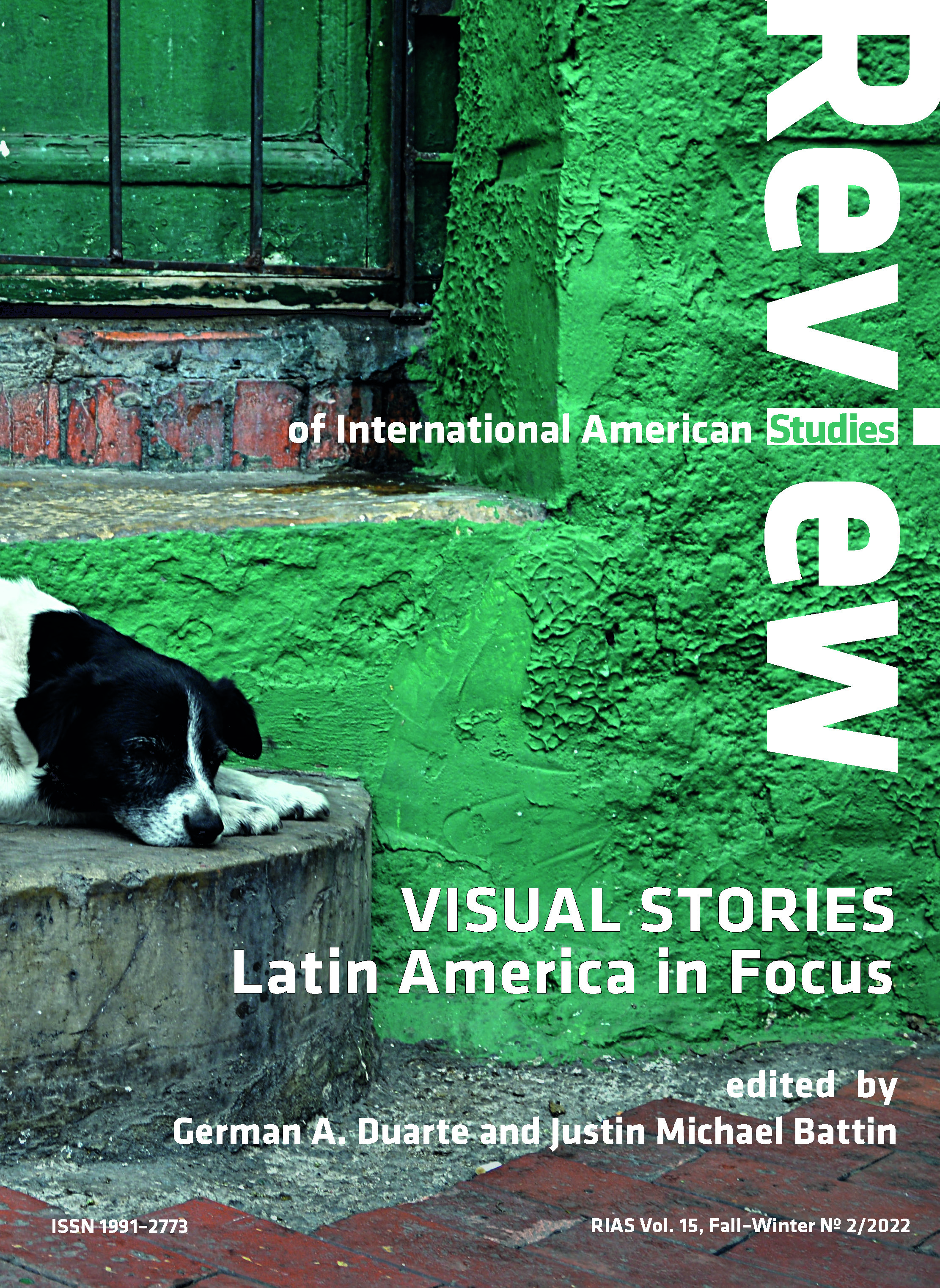

 https://doi.org/10.31261/rias.14719
https://doi.org/10.31261/rias.14719
Events that are violent and traumatic in nature entail the breakdown of language and, with it, the conceptual frameworks that construct our social worlds. The inability of reason to articulate this rupture and to conventionally construct meaning implies that the reality of misery and violence can only be suggested (or formulated) through acts of narration that formally and affectively articulate memory into an imaginary. This dislocation of the event from its representation can then only be mapped through the generation and stimulation of affect – which has come to substitute reason as tool for remembering, narrating and, consequently, of mediating our reality. In the present article, the author studies the role of elements that evoke memory and generate the affective dynamics of a traumatic event. Specifically, the author explores the interactions of memory and affect in the process of narrating violence by analyzing objects of memory (such as photographs) that Paula, the protagonist of Matar a Jesús (Killing Jesus (2017) by Laura Mora), utilizes in order to articulate the story of her father’s murder. Further, she claims that the incorporation of filmmaker Laura Mora’s own personal experience as victim of violence points to the fact that the incessant necessity of reformulating trauma and stylizing misery widens the gap between reality and its representation, thus rendering violence unimaginable.
Download files
Citation rules

Vol. 15 No. 2 (2022)
Published: 2022-12-31
 10.31261/RIAS
10.31261/RIAS